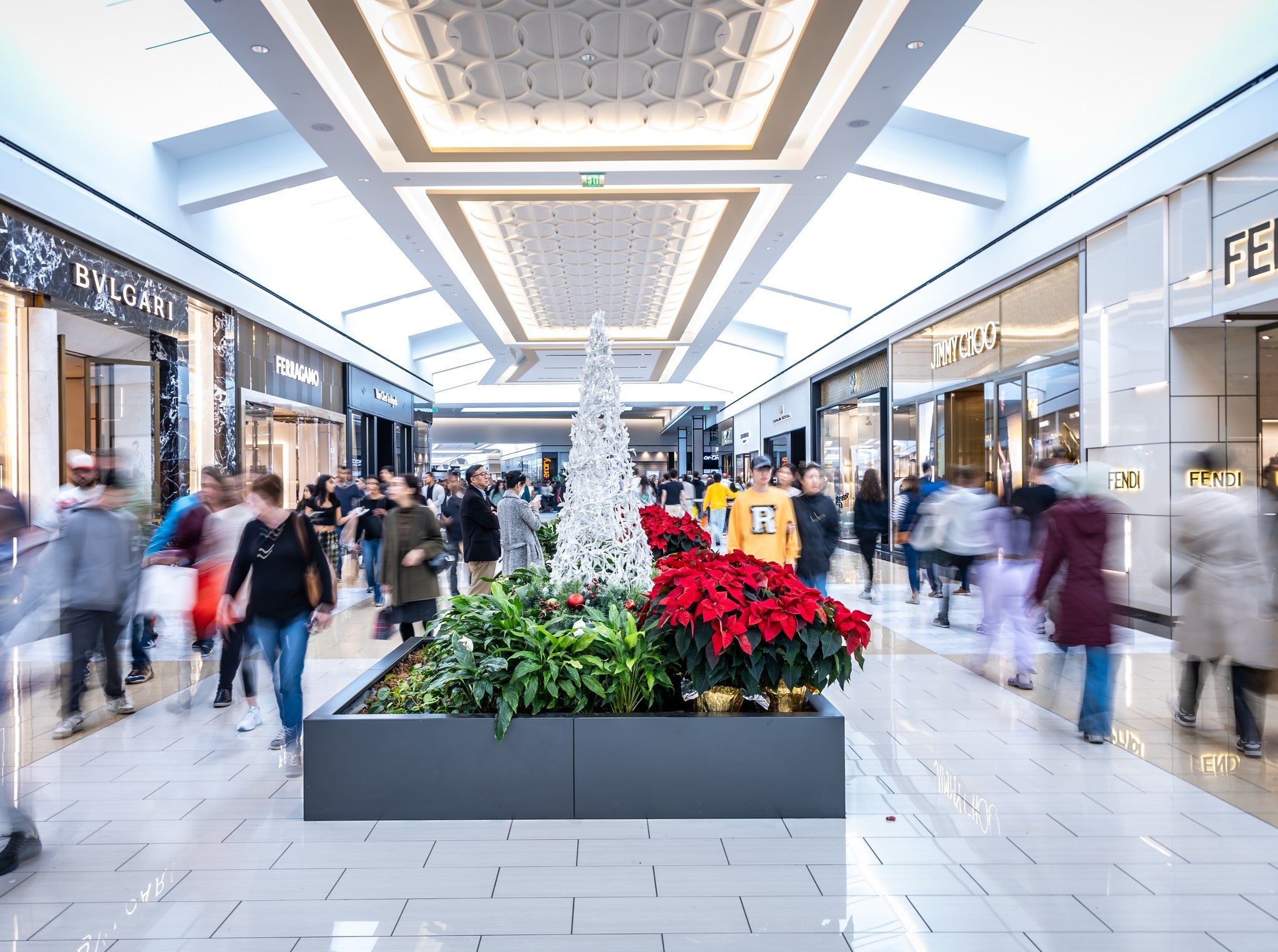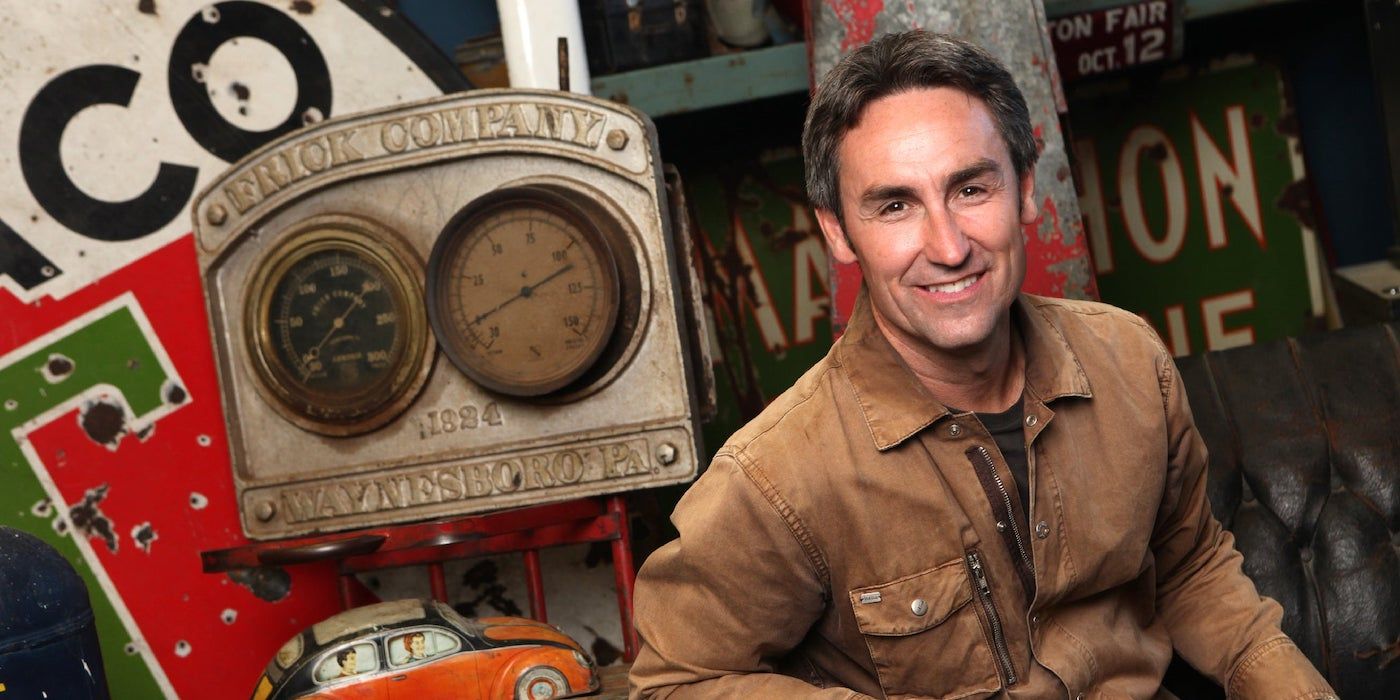The American shopping mall isn’t dead – WHYY

Take just a moment to picture the mall: hundreds of stores, the rush of water from a big fountain, the smell of pretzels and the food court — and at this time of year, a tall Christmas tree as holiday shopping gets fully underway.
It’s true that malls across the country have struggled. Where Sears, Boscov’s or Macy’s once drew tons of customers, there’s now vacant space and an empty parking lot. The convenience of ordering things online has hurt in-person retailers, but it’s not too late for these cultural landmarks to stay afloat.
This hour, we’re asking if the American shopping mall is really dead. Our guests are Barbara Kahn, professor of marketing at The Wharton School at the University of Pennsylvania, and Kenny Cooper, suburban reporter for WHYY News whose latest series looks at the past and future of malls in our region.
Related
‘American Pickers’ Star Mike Wolfe’s Antiques Shop Faces Backlash for…
American Pickers host Mike Wolfe has recently come under fire, and it has to do with his antiques store, Antique Archaeology, in Nashville. The U.S. Sun has re
S.Coups’ Favorite K-Beauty Brand Is Now Available in America: Shop…
The SEVENTEEN star was announced as the brand ambassador for the skincare brand last year.
The trade war is here. You’ll notice it at the…
Canadians' pocketbooks will likely be the victim of a prolonged trade war with the U.S., with the prices on consumer goods potentially rising over the next week
American booze taken off shelves and stacked in shopping carts…
Open this photo in gallery:A staff member removes bottles of U.S. alcohol from the shelves of a Liquor Control Board of Ontario (LCBO) store, as part of retalia












